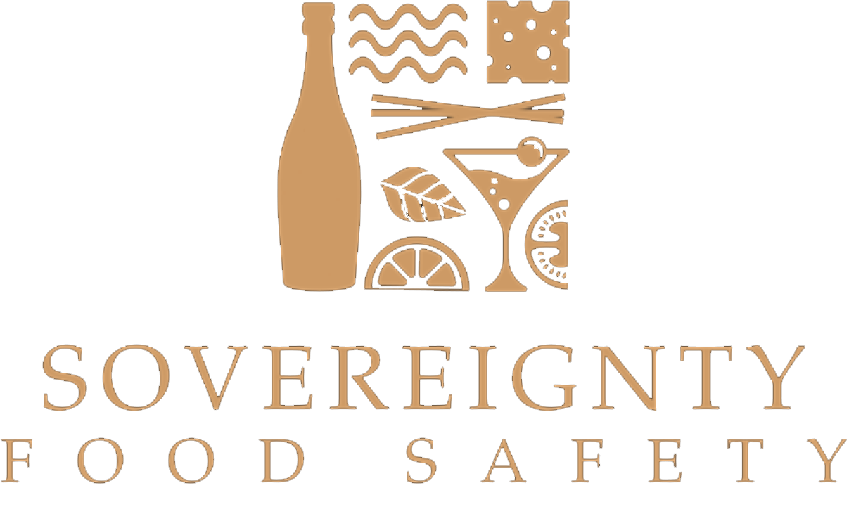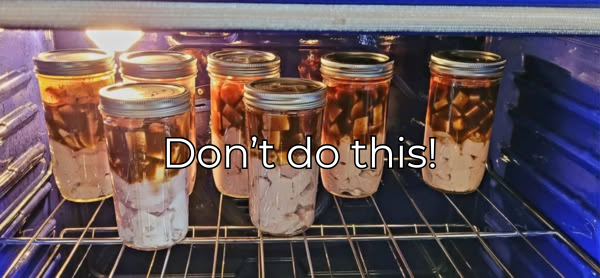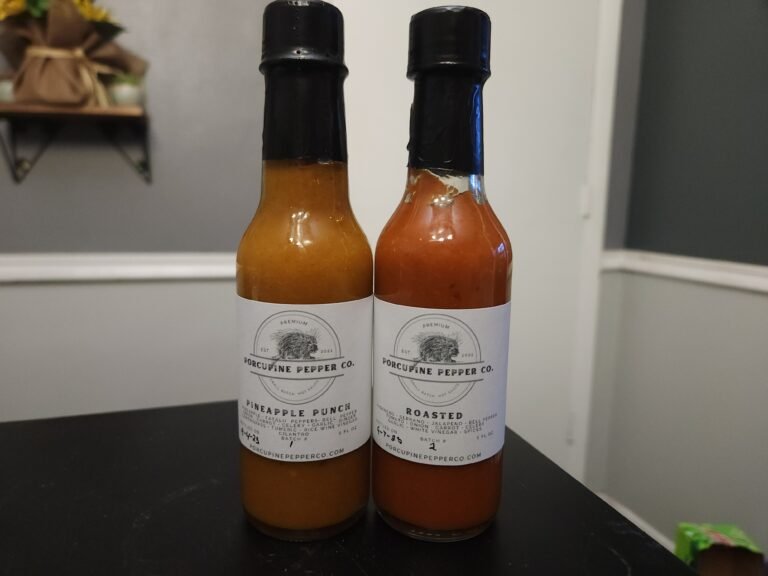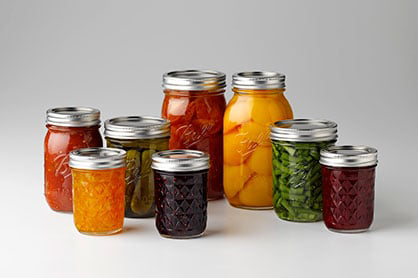The Everyday Benefits of Food Preservation
When many people think of canning and food preservation, they might picture “doomsday preppers” stockpiling supplies in a bunker for the end times. This stereotype does a great disservice to the time-honored traditions our ancestors relied upon. For them, food preservation was a necessity in the days before refrigeration—a way to ensure that hard-earned food and money didn’t go to waste and that their families had safe, nourishing meals.
Food preservation isn’t just about preparing for emergencies. It’s a practical tool to save money, reduce waste, and simplify life. It’s also about control: knowing exactly what’s in the food you’re feeding your family. It’s taking leftover meat scraps and turning them into sausage, or using vegetable peels and bones to make rich stocks and soups. These practices, once commonplace, are still relevant today.
Picture this: you’ve been working overtime or juggling extra jobs to make ends meet. You’re exhausted. Instead of paying for delivery, you could open a mason jar of homemade soup, heat it up, and have dinner ready in minutes. Not only does this save time and energy, but it also saves money on expensive prepared foods and delivery fees. Plus, by cooking and preserving in batches, you create meals that can last practically indefinitely.
Food waste is a massive problem in America. According to the USDA, between 30-40% of the U.S. food supply is wasted each year, amounting to approximately 133 billion pounds and $161 billion worth of food. On average, an American household throws away $907 worth of food annually, as reported by a study from the American Journal of Agricultural Economics. That’s not just wasted food—it’s wasted money and lost opportunities to feed your family. With a little effort, common scraps can be transformed into valuable ingredients: dehydrated potato peels can be used in soups, scalloped potatoes, or even ground into instant mashed potatoes. Onion and garlic skins can be dehydrated and ground into seasoning—just as spice companies do. And meat trimmings? Those can be mixed with seasonings and turned into homemade sausage.
Addressing food waste is crucial. While part of the issue stems from regulatory barriers like FDA food codes and commercial liability concerns, much of it begins in our own kitchens. By embracing food preservation, we can take control, reducing waste and saving money while positively impacting our families and the environment.
Beyond the individual benefits, reducing household food waste has significant environmental implications. Food waste is the single largest component taking up space in U.S. landfills, making up 22% of municipal solid waste. This contributes to greenhouse gas emissions and environmental degradation. By preserving food and minimizing waste, we can decrease the volume of waste in landfills, thereby reducing our carbon footprint and contributing to a more sustainable future.
Food preservation also fosters a deeper connection to our food. By learning to can, dehydrate, ferment, or freeze surplus produce, you’re not just saving food—you’re also respecting the effort that went into growing, harvesting, and preparing it. These practices allow you to savor seasonal produce year-round, create healthier meals for your family, and even pass down valuable skills to future generations.
Composting is another powerful tool in the fight against food waste. While food preservation focuses on extending the life of usable food, composting ensures that inedible scraps still serve a purpose. Coffee grounds, eggshells, and other organic waste can be turned into nutrient-rich compost for gardens. Composting reduces the amount of waste sent to landfills, where it would otherwise produce harmful methane gas. Instead, it closes the loop, returning valuable nutrients to the soil and promoting healthier gardens and crops. Even small-scale composting efforts—like a backyard bin or countertop compost pail—can make a big difference, turning waste into a resource.
Embracing food preservation doesn’t require significant effort or investment. Start small: dehydrate leftover herbs, turn overripe fruit into jams or jellies, or freeze excess vegetables for future use. Each step not only saves food but also contributes to a more sustainable and self-reliant lifestyle.
Incorporating food preservation into daily life is a practical step toward financial savings, environmental stewardship, and a healthier, more sustainable lifestyle. By reviving these traditional methods, we honor the resourcefulness of our ancestors and create a more secure future for ourselves and our families.





